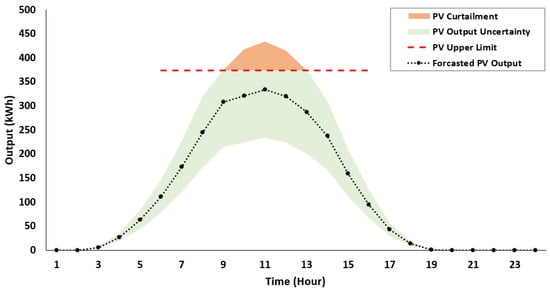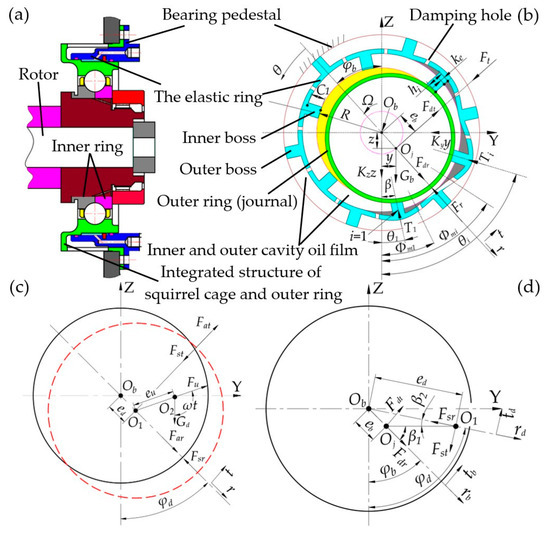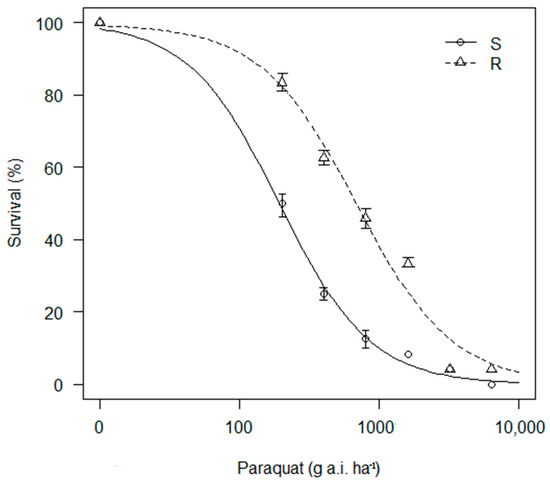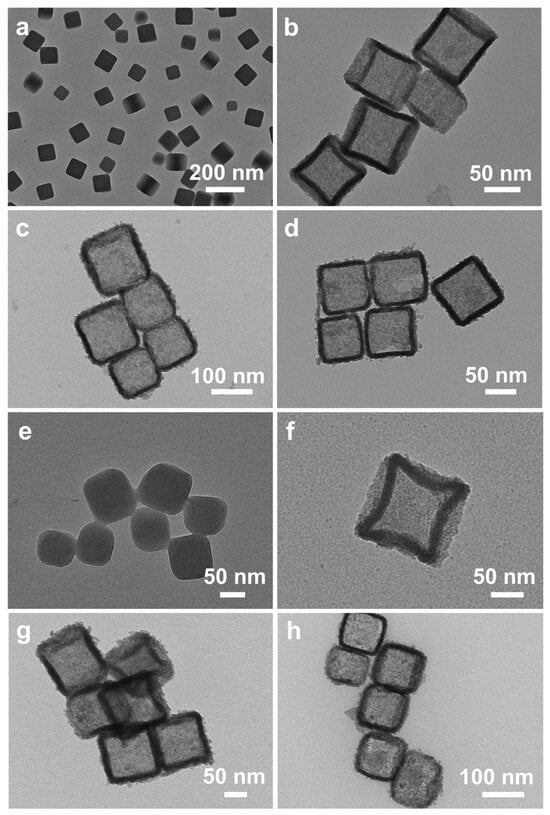The majority of the world’s natural rubber comes from the rubber tree (
Hevea brasiliensis). As a key enzyme for synthesizing phenylpropanoid compounds, phenylalanine ammonia-lyase (PAL) has a critical role in plant satisfactory growth and environmental adaptation. To clarify the characteristics of rubber tree PAL family genes, a genome-wide characterization of rubber tree
PALs was conducted in this study. Eight
PAL genes (
HbPAL1-
HbPAL8), which spread over chromosomes 3, 7, 8, 10, 12, 13, 14, 16, and 18, were found to be present in the genome of
H. brasiliensis. Phylogenetic analysis classified HbPALs into groups I and II, and the group I HbPALs (HbPAL1-HbPAL6) displayed similar conserved motif compositions and gene architectures. Tissue expression patterns of
HbPALs quantified by quantitative real-time PCR (qPCR) proved that distinct
HbPALs exhibited varying tissue expression patterns. The
HbPAL promoters contained a plethora of
cis-acting elements that responded to hormones and stress, and the qPCR analysis demonstrated that abiotic stressors like cold, drought, salt, and H
2O
2-induced oxidative stress, as well as hormones like salicylic acid, abscisic acid, ethylene, and methyl jasmonate, controlled the expression of
HbPALs. The majority of
HbPALs were also regulated by powdery mildew, anthracnose, and
Corynespora leaf fall disease infection. In addition,
HbPAL1,
HbPAL4, and
HbPAL7 were significantly up-regulated in the bark of tapping panel dryness rubber trees relative to that of healthy trees. Our results provide a thorough comprehension of the characteristics of
HbPAL genes and set the groundwork for further investigation of the biological functions of
HbPALs in rubber trees.
Full article
 IJMS
IMPACT
IJMS
IMPACT Applied Sciences
IMPACT
Applied Sciences
IMPACT Sustainability
IMPACT
Sustainability
IMPACT Sensors
IMPACT
Sensors
IMPACT JCM
IMPACT
JCM
IMPACT Materials
IMPACT
Materials
IMPACT Molecules
IMPACT
Molecules
IMPACT Energies
IMPACT
Energies
IMPACT Electronics
IMPACT
Electronics
IMPACT Remote Sensing
IMPACT
Remote Sensing
IMPACT Cancers
IMPACT
Cancers
IMPACT Nutrients
IMPACT
Nutrients
IMPACT Mathematics
IMPACT
Mathematics
IMPACT Foods
IMPACT
Foods
IMPACT Buildings
IMPACT
Buildings
IMPACT Polymers
IMPACT
Polymers
IMPACT Animals
IMPACT
Animals
IMPACT Water
IMPACT
Water
IMPACT Plants
IMPACT
Plants
IMPACT Agronomy
IMPACT
Agronomy
IMPACT Biomedicines
IMPACT
Biomedicines
IMPACT Processes
IMPACT
Processes
IMPACT Microorganisms
IMPACT
Microorganisms
IMPACT Diagnostics
IMPACT
Diagnostics
IMPACT Nanomaterials
IMPACT
Nanomaterials
IMPACT Viruses
IMPACT
Viruses
IMPACT Medicina
IMPACT
Medicina
IMPACT Healthcare
IMPACT
Healthcare
IMPACT Cells
IMPACT
Cells
IMPACT Forests
IMPACT
Forests
IMPACT Agriculture
IMPACT
Agriculture
IMPACT Land
IMPACT
Land
IMPACT JMSE
IMPACT
JMSE
IMPACT IJERPH
IJERPH
 Symmetry
IMPACT
Symmetry
IMPACT Genes
IMPACT
Genes
IMPACT Pharmaceutics
IMPACT
Pharmaceutics
IMPACT Coatings
IMPACT
Coatings
IMPACT Micromachines
IMPACT
Micromachines
IMPACT Pharmaceuticals
IMPACT
Pharmaceuticals
IMPACT Atmosphere
IMPACT
Atmosphere
IMPACT Children
IMPACT
Children
IMPACT Religions
IMPACT
Religions
IMPACT Antioxidants
IMPACT
Antioxidants
IMPACT Life
IMPACT
Life
IMPACT Metals
IMPACT
Metals
IMPACT Biomolecules
IMPACT
Biomolecules
IMPACT Vaccines
IMPACT
Vaccines
IMPACT Education Sciences
IMPACT
Education Sciences
IMPACT Minerals
IMPACT
Minerals
IMPACT Horticulturae
IMPACT
Horticulturae
IMPACT Brain Sciences
IMPACT
Brain Sciences
IMPACT JPM
IMPACT
JPM
IMPACT Bioengineering
IMPACT
Bioengineering
IMPACT














